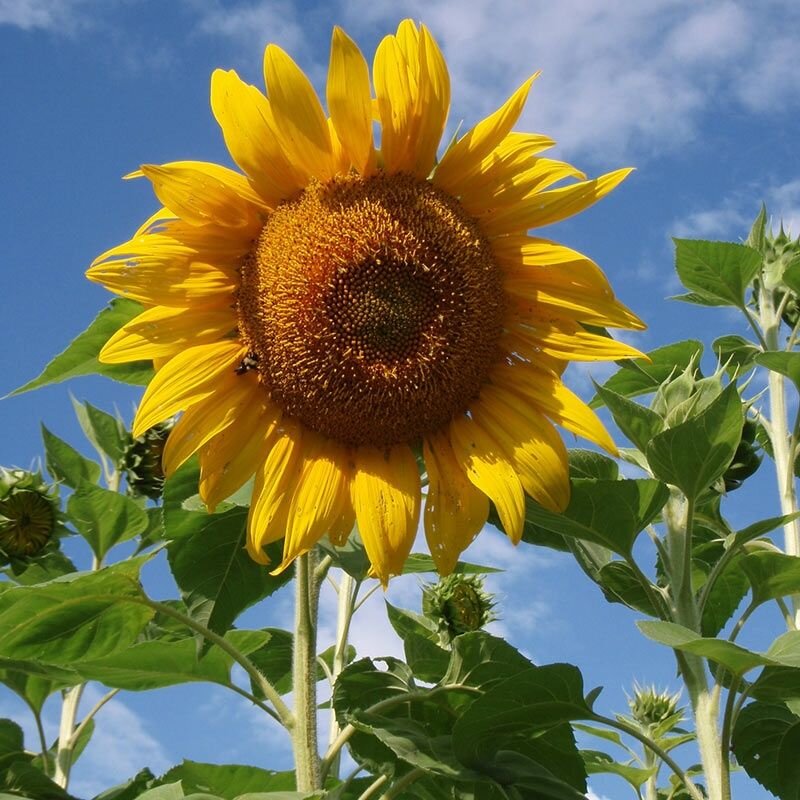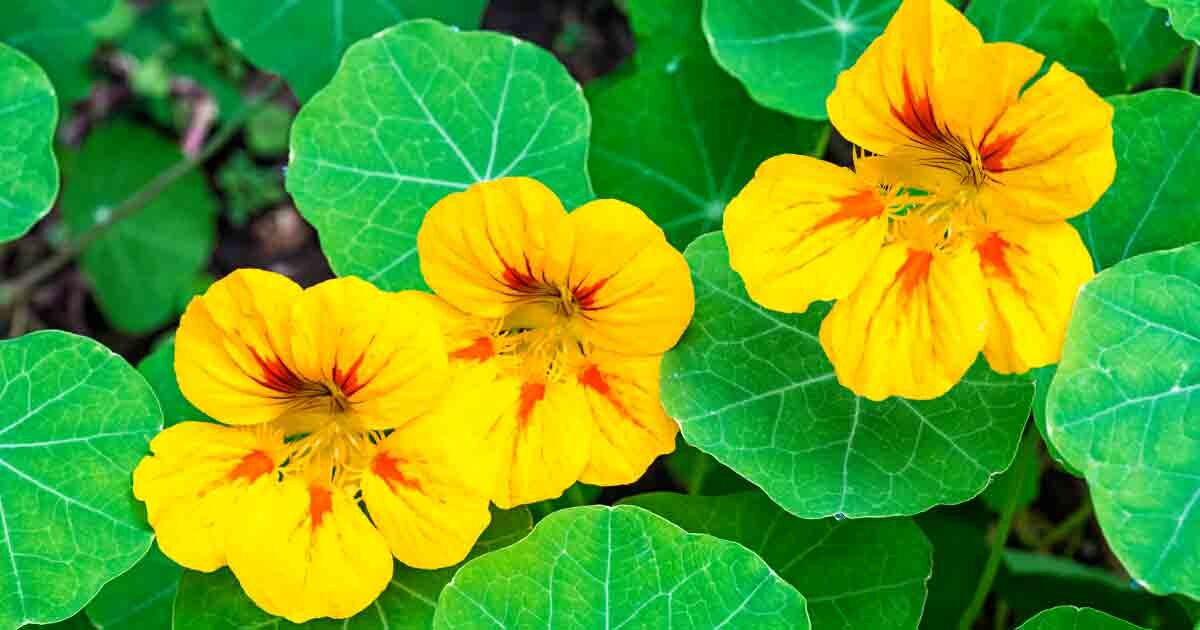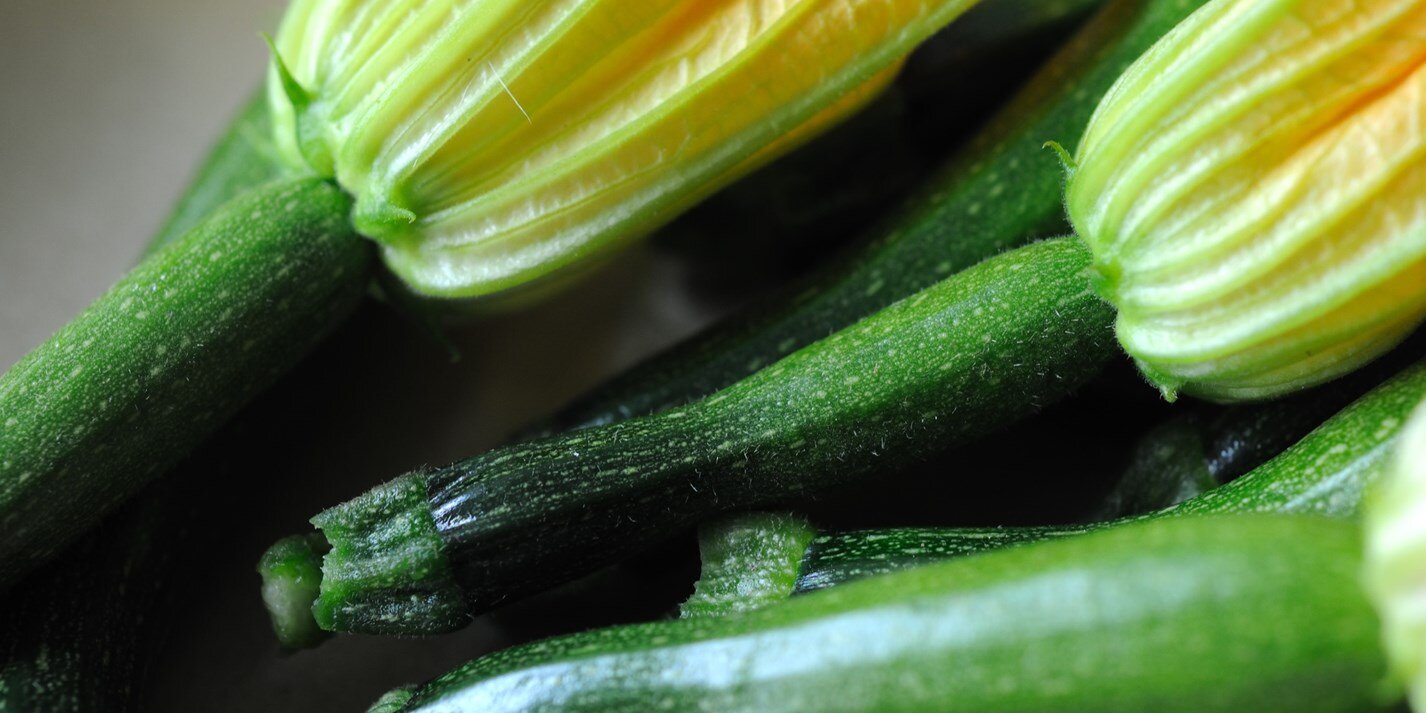Benefits of Gardening with Children & 5 Easy Things for Them to Grow
Benefits of Gardening with Children & 5 Easy Things for Them to Grow | The Mother Cooker
Ever since I started a kitchen garden, I have desperately tried to keep Evie involved. Now that I am into my second year of really getting into this garden and Evie is that little bit older, I have noticed that she is a lot more invested. Being out in the fresh air is amazing, but did you know that gardening with children actually has a whole bunch of development benefits? Gardening engages all of their senses, children can touch and feel the seeds, dirt, fruit, vegetables and flowers. They can see the vibrant colours and different sizes, hear the sound of the vegetables when they are either pulled from the ground or taken from the plant. They also get to experience all of the different smells that the plants give off.
Healthy Eating & Motor Skills
It encourages healthy eating, sometimes children refuse to eat new things. But if they have grown things themselves? Or have been involved with the planting and harvesting, they will be more encouraged to try new foods. They gain a sense of pride and become excited about the things they have grown and what they have achieved. It also helps develop their motor skills. Shovelling or scooping soil, planting different size seeds and pouring water all help develop their fine motor skills. Which are then transferable to other areas of their day to day life. Evie can now transplant seedlings virtually un-aided, which makes me smile.
Patience & Responsibility
Gardening requires patience, something a lot of children don't have or struggle with. They always want things now and are used to immediate gratification. Gardening teaches them that things take time and that you don't always get rewards instantly. I have never seen excitement like when Evie sees a new plant sprouting and it has warmed my heart to see just how excited she is to grow. It also teaches children responsibility, especially if you give them their very own section or plants to look after. They will learn to be responsible for them, giving them water, tending to them and caring for them along the way.
SCIENCE
Botany, biology and chemistry aren't things that come straight to mind when teaching your children to plant. But gardening requires science, without even realising, children are learning basic steps of scientific processes. Children are taught at school about how water and sunlight help things to grow. So gardening at home teaches them mini science lessons, how fun is that? It also helps promote curiosity and wonder, which is awesome for children and their huge imaginations.
So what's good to grow?
Sunflowers
Sunflowers are not only beautiful, but easy to grow. The wow factor for children comes from the height, some sunflowers can grow 6-10ft tall. The seeds are big enough for little hands to handle, and how fun to watch them marvel at the plants getting taller and taller throughout the summer.
Tips for sunflowers: Plant in a sunny position, a few inches deep and at least 2 ft apart. They survive in most soils but do not like to be water logged, so after they are established, one really good drink a week should suffice.
Benefits of Gardening with Children & 5 Easy Things for Them to Grow | The Mother Cooker
Radish
Radish are probably one of the easiest vegetables to grow and there are so many varieties to choose from. They also germinate super quickly, so for those little impatient humans, these are an awesome choice. The seeds are generally of a decent size to handle, but the seedlings are easy to separate if they drop more than one into a hole. Radish are also great for colour, plant a rainbow of varieties and I bet they'll get eaten in no time.Tips for radish: Once roots are established, they don't like to be moved. So try and plant them directly into where they are going to remain, such as a pot, raised bed or in the ground. They are ready to pick when you see the top of the radish appear above the soil.
Benefits of Gardening with Children & 5 Easy Things for Them to Grow | The Mother Cooker
Peas
Peas are a cool weather crop, so prefer spring or late summer. So when the kids are getting restless to break outdoors after the cold winter, peas are a great crop to grow. The seeds are certainly of a good size for little hands and it's a great one to plant. Not only are most peas climbers, which adds another element of fun, they also go through a heap of fun stages. From popping up out of the ground, growing those spidery tendrils, flowering and then making those sweet pea pods that they can pop open.Tips for peas: They are heavy feeders and love a good drink. Water at the base of the pant in the morning, and when planting, be sure to dig in a lot of organic matter. They can be grown in pots too!
Benefits of Gardening with Children & 5 Easy Things for Them to Grow | The Mother Cooker
Nasturtiums
Nasturtiums are edible flowers and their seeds resemble mini brains, something I'm sure children would find fascinating. They are super easy to grow, germinate quickly and many varieties climb or cover vast spaces of ground. You can choose from a variety of bright eye catching colours and they can either be planted directly after the last chance of frost has passed, or in little pots a few weeks before.
Tips for nasturtiums: If you have an area of poor soil, nasturtiums will do great here. Rich soil means they won't flower. They are also pretty drought tolerant, so if little hands forget to water them for a few days, it won't matter. They are not frost hardy and will die straight away. You can read up on them here.
Benefits of Gardening with Children & 5 Easy Things for Them to Grow | The Mother Cooker
Courgette
Courgettes are probably one of the easiest things to grow, you can grow them in pots, on the ground or even vertically up a trellis. They produce an abundance of fruit and can be used in so many different ways. I hide mine in cakes, grate them into soups or add them to pasta sauce. They come in different varieties, this year we are growing yellow courgettes.
Tips for courgettes: Start them in pots indoors with a little bit of warmth, they will germinate quickly. Plant seeds on their side to help with rotting. Plant them after the chance of frost has passed, in a place that gets full sun. They are heavy feeders, so top up with great compost or organic matter.
Benefits of Gardening with Children & 5 Easy Things for Them to Grow | The Mother Cooker







